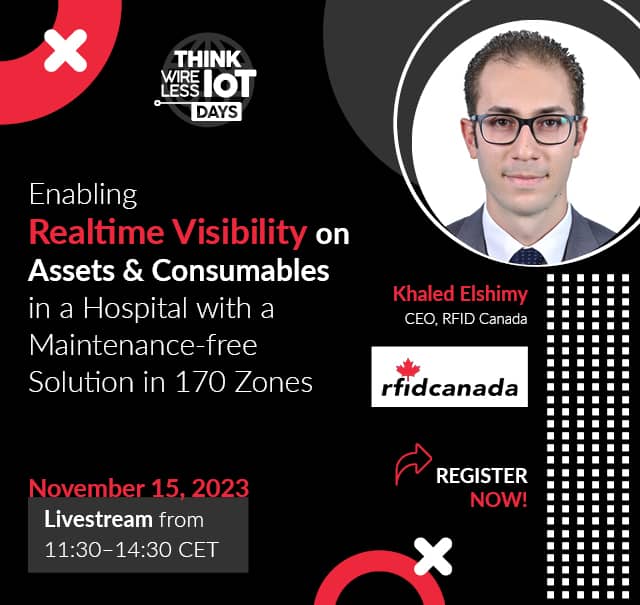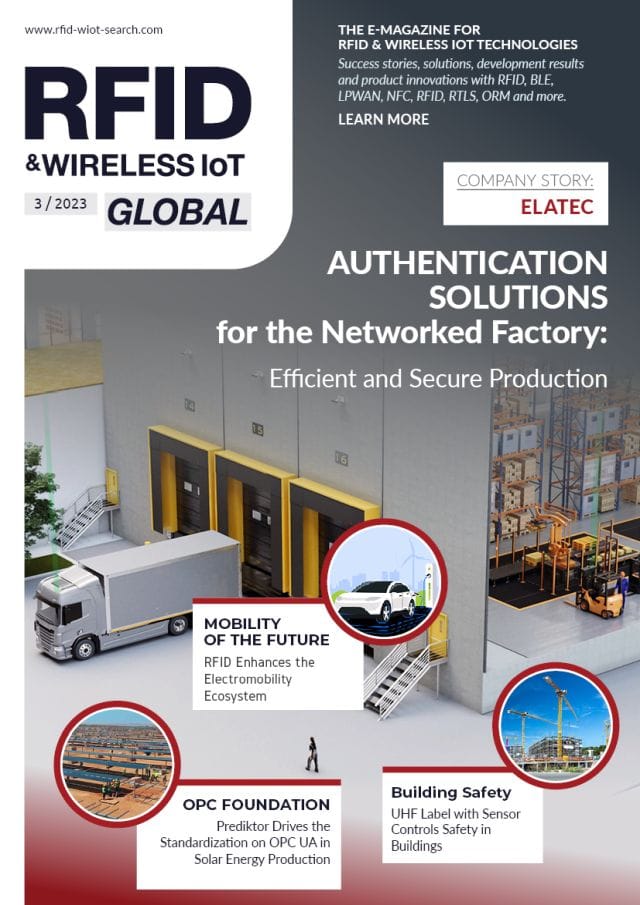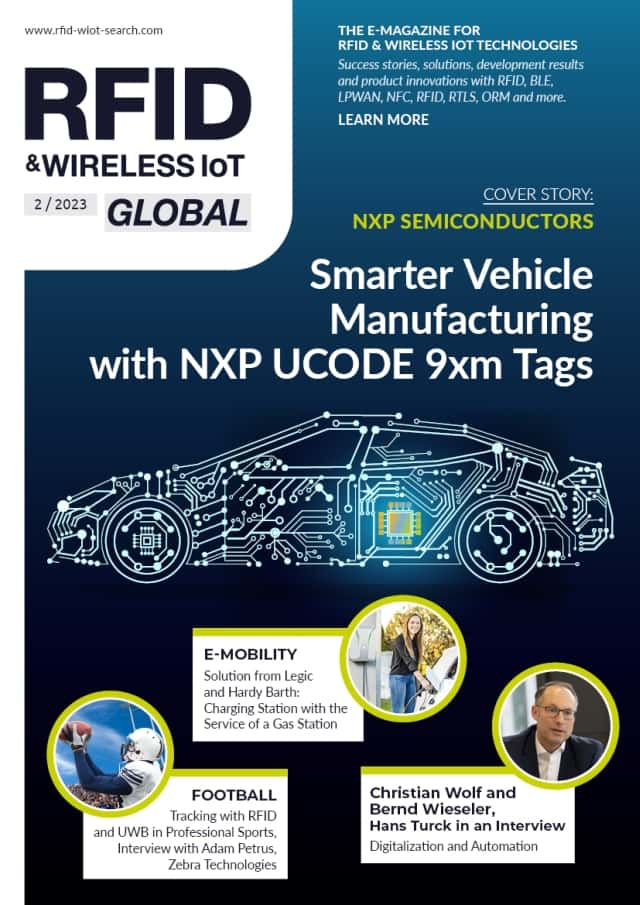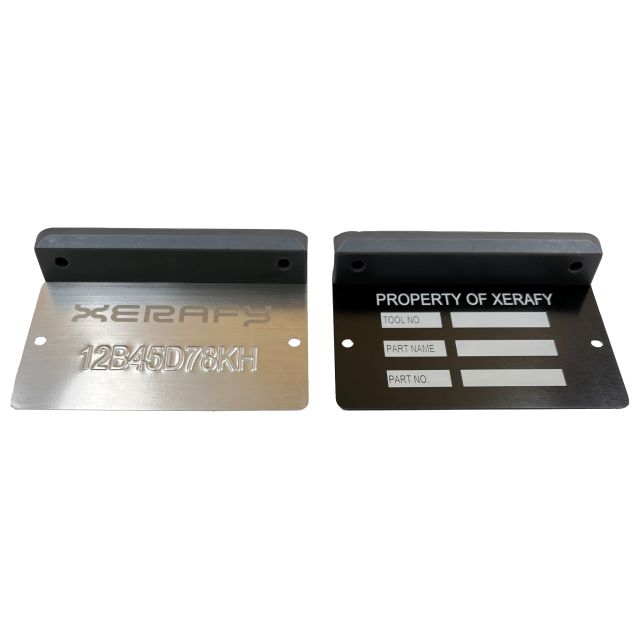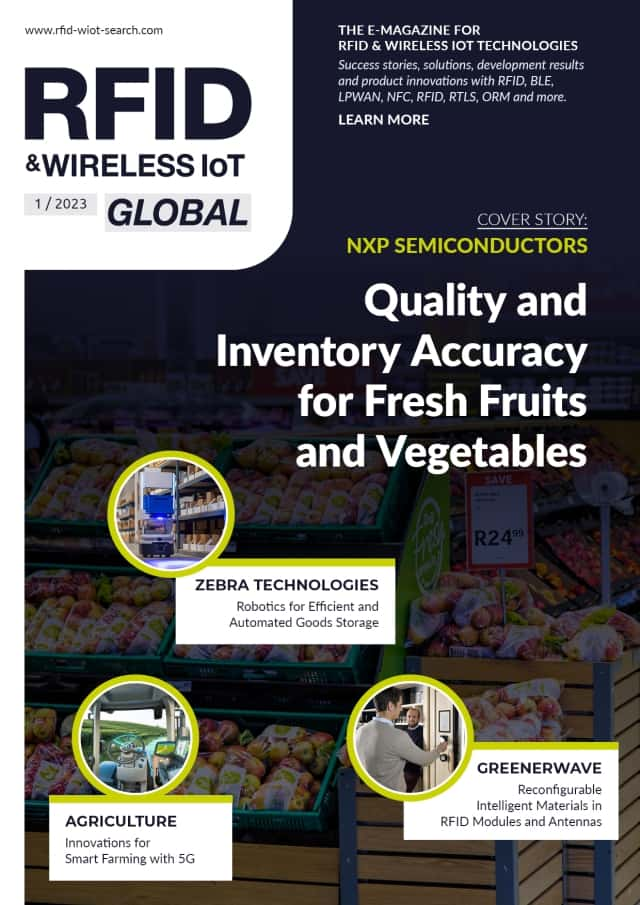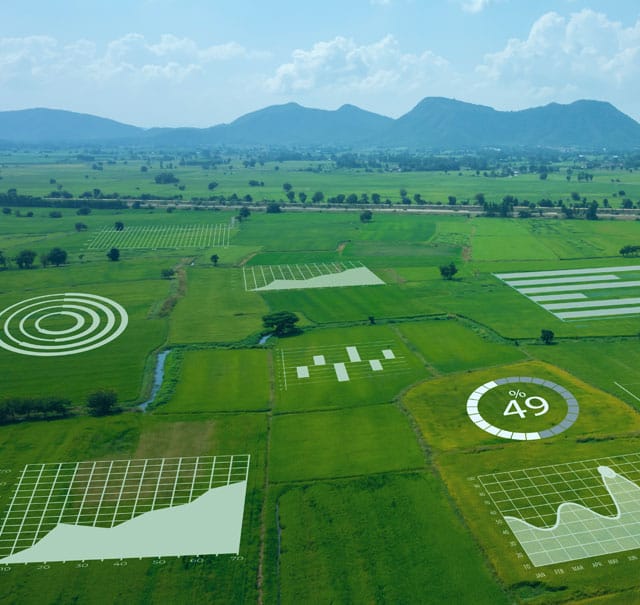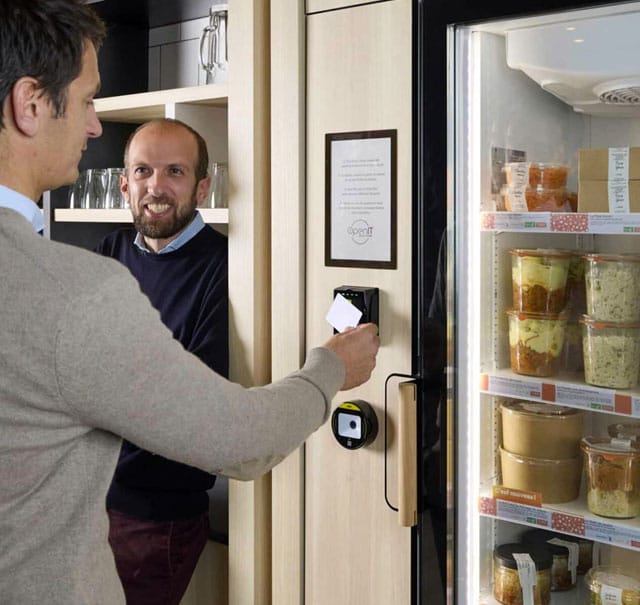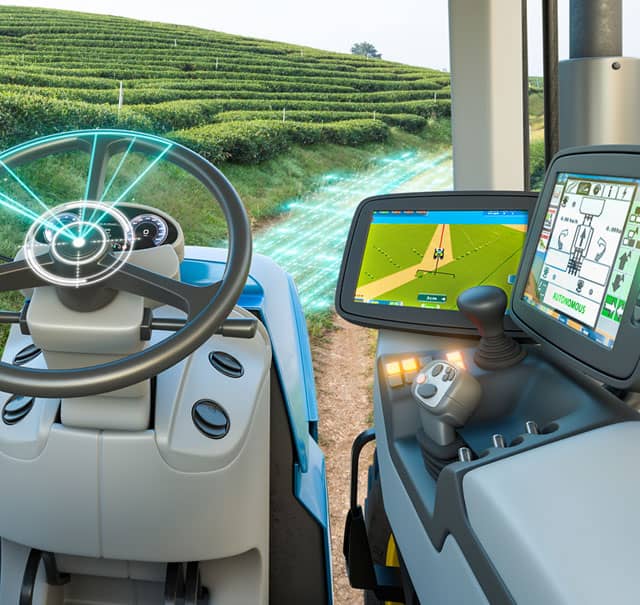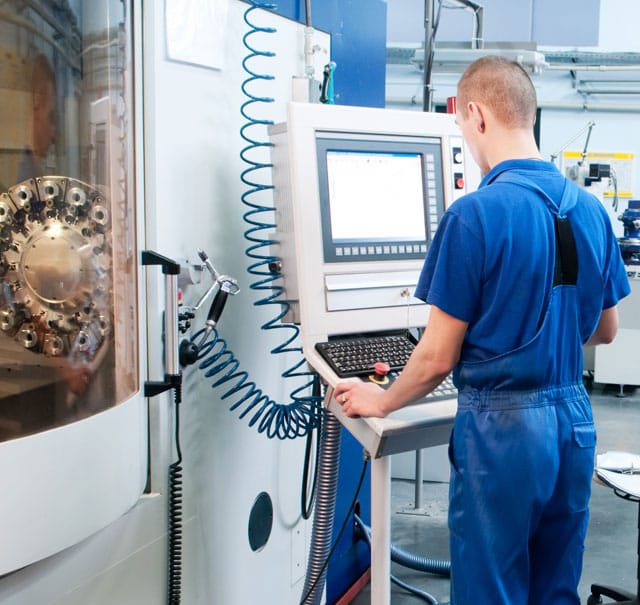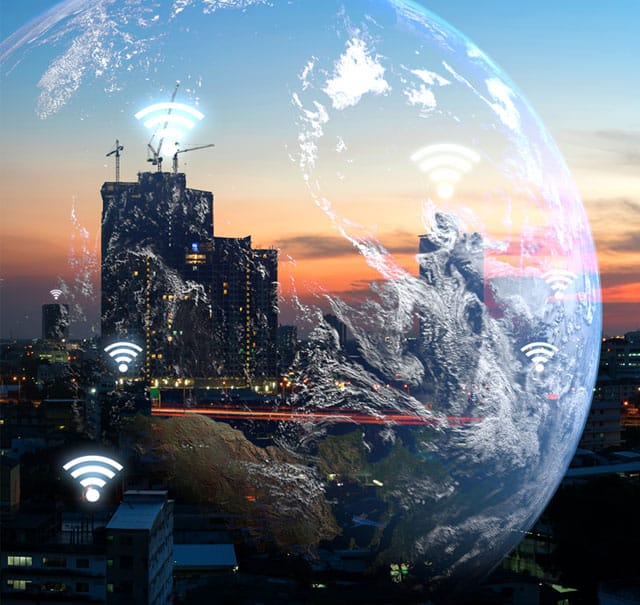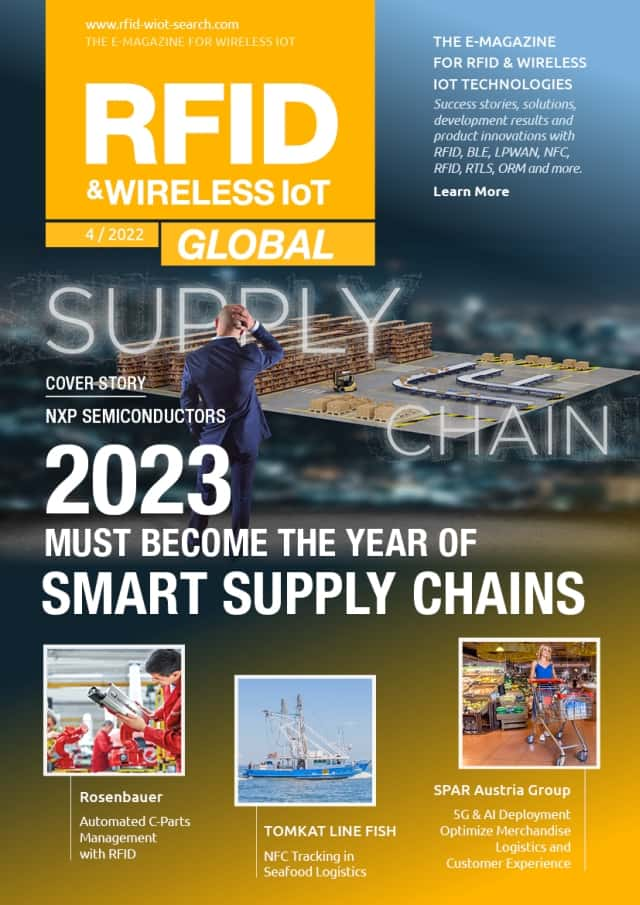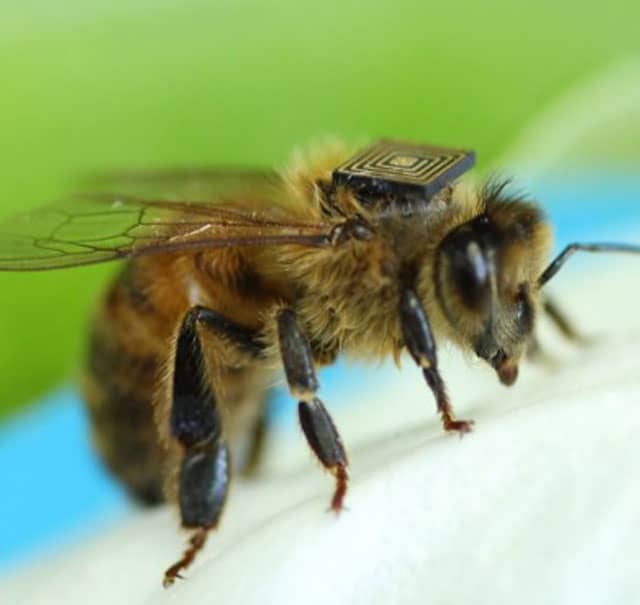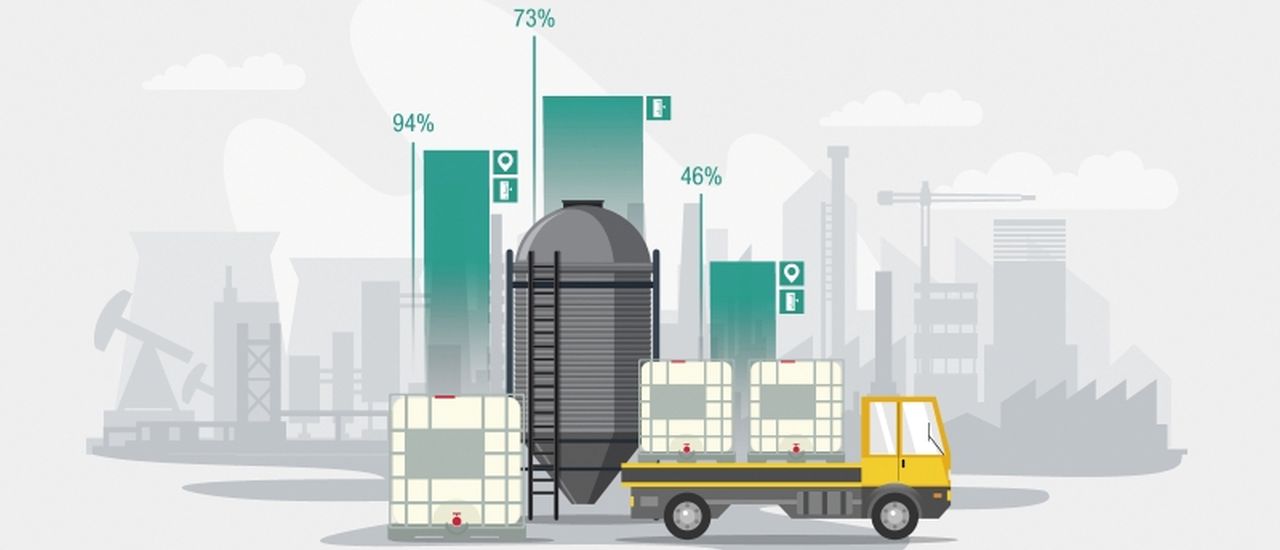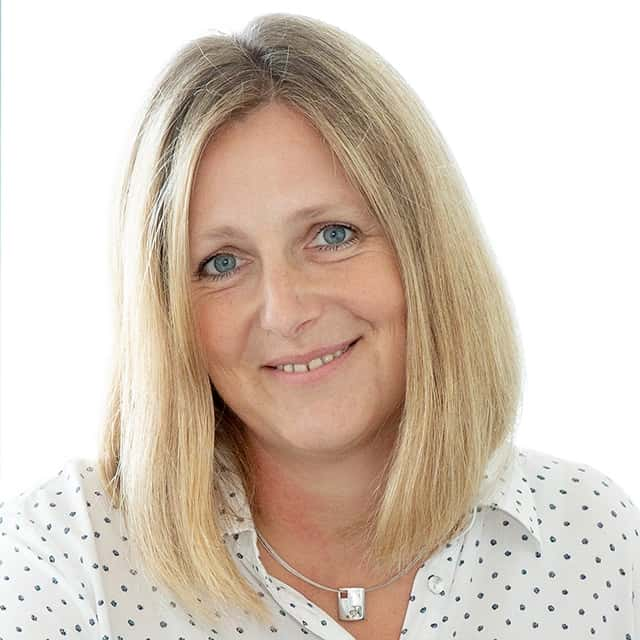WILSEN.sonic.level from Pepperl+Fuchs Connects Isolated and Mobile Assets Using LoRaWAN!
How can a feed silo or a glass recycling container be transformed into a smart asset? With the battery-operated WILSEN.sonic.level IoT sensor from Pepperl+Fuchs. The autonomous device is connected to the internet via LoRaWAN. The IoT sensor has an extremely long battery life, provides the highest level of data security, and can be used to intelligently automate logistics processes.
The acronym WILSEN is derived from the phrase "wireless sensor". The core element of the product is a highly rugged ultrasonic level measuring device from Pepperl+Fuchs' extensive portfolio of industrially proven sensors. The WILSEN.sonic.level also features a number of other components and functions that make it an autonomous IoT device.
A GPS receiver determines its exact position and enables geotracking. Additionally, the sensor monitors the ambient temperature and its battery status. The latter is an important feature since the battery usually needs replacing after several years. Battery life can vary greatly, and depends on the applications in which the sensor is used.
Energy-Saving Wireless Technology with Guaranteed Security
Low-power wide area networks (LPWAN) are therefore the right alternative for autonomous, battery-operated devices in industry. Transferring status data to the internet does not require high data rates, so the radio signals use very little energy. Since the messages are also cyclical—often with long pauses between the radio pulses—the battery lasts for many years in most applications.
The long-range wide-area network (LoRaWAN) uses the sub-Ghz ISM band, which can be used without a license free of charge. Radio waves in this frequency band can penetrate building walls and basement ceilings. The detection range is about 2 kilometers in built-up areas and over 15 kilometers in open areas.
The LoRaWAN protocol provides end-to-end data encryption implemented in a two-step process. The technology is suitable for public networks and private, protected campus networks on-site. Where no network is available, a connection with a gateway—usually solar-powered—can be easily established.
A single gateway is sufficient for hundreds of sensors, and even for up to 2500 sensors under ideal circumstances. Therefore, only a small number of gateways are needed for the radio coverage of very large areas. The wireless network can be easily expanded without expensive radio plans since additional units can be connected via plug-and-play. Roaming between different networks is also possible. When assets equipped with the WILSEN.sonic.level are transported, users are able to automatically log in to the network at the destination.
Autonomous Sensors in the Field
The WILSEN.sonic.level IoT level sensor can monitor liquid levels and solid levels. The measuring range of the ultrasonic transducer is either 2.5 or 4 meters. Users can physically or remotely customize the transducer parameters to suit the conditions of the respective application.
The wide coverage of the sound beam allows even very irregular surfaces to be reliably detected; the sound waves detect virtually all materials without being impacted by contamination, dust, mist, or the material's visual properties. Furthermore, the sensor can electronically compensate for immanent disturbance variables such as installations in containers. This compensation process ensures realistic fill-level value readings. The use of autonomous wireless technology allows the sensor to communicate with the relevant control system from any location.
The signals supplied by the sensor eliminate the necessity of visual inspections and value interpretation. The process of emptying and replenishing container contents can be time-optimized and triggered automatically. The GPS data from the monitored tank or container can be used not only for reliable geolocation but also for optimized route planning when transporting containers to different locations.
The values from the supplementary temperature sensor can be incorporated into the quality assurance process when handling temperature-sensitive substances. Temperature plays a key role in applications such as the processing of sealants and adhesives.
From Smart City to IBC Management
Disposal management in a smart city environment is a good example of how WILSEN level sensor functionality can provide considerable additional benefits. Since the LoRaWAN radio waves are able to penetrate walls, road surfaces, and layers of earth, the sensor can also be used in containers that are located fully or partially underground. Reliable data on the fill level of glass or clothes recycling containers can be used to automate planning processes for routine emptying and determining optimal routes for specialized vehicles.
The collection request is triggered when a defined limit value is reached. Instead of regularly following set routes, the vehicles collect the containers only when it is necessary. This arrangement prevents unnecessary trips while also ensuring that the containers do not overflow. In turn, this reduces noise pollution and exhaust emissions, while still saving considerable (consequential) costs. The data history can be used for detailed analysis and strategic planning.
The WILSEN.sonic.level can be used for monitoring individual silos in the agricultural sector and animal feed industry. Automated and systematic replenishment logistics and optimized route planning are also extremely beneficial in these sectors. The same applies to intermediate bulk containers (IBC) used to transport and store various liquids. Although these containers are used throughout the food, chemical, and pharmaceutical sectors, they are usually not integrated into the automated workflows of process engineering.
To aid environmental research, the WILSEN concept can be used for continuous monitoring of water levels in rivers and lakes, as well as in floodplains and overflow areas. The automatically accumulated historical data enables in-depth analysis and predictive planning. Defined limit values can be used to trigger alarm routines, making the device an ideal solution for active flood protection and system management in wastewater plants.
Using the autonomous sensor for the first time is very simple, and even a single device can provide valuable information for system control. The WILSEN.sonic.level makes it easier for users to access IoT by enabling initial, hands-on IoT experience in their own process environment.
Since using the data supplied by the sensor is so straightforward, users can quickly gain a full understanding of how to use the technology and recognize its potential for themselves. Users can typically see the clear benefits of IoT connectivity over other solutions after only a short period of time. This experience can serve as a starting point for developing comprehensive IoT strategies.




